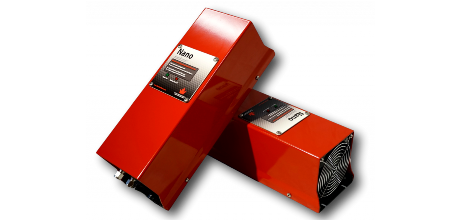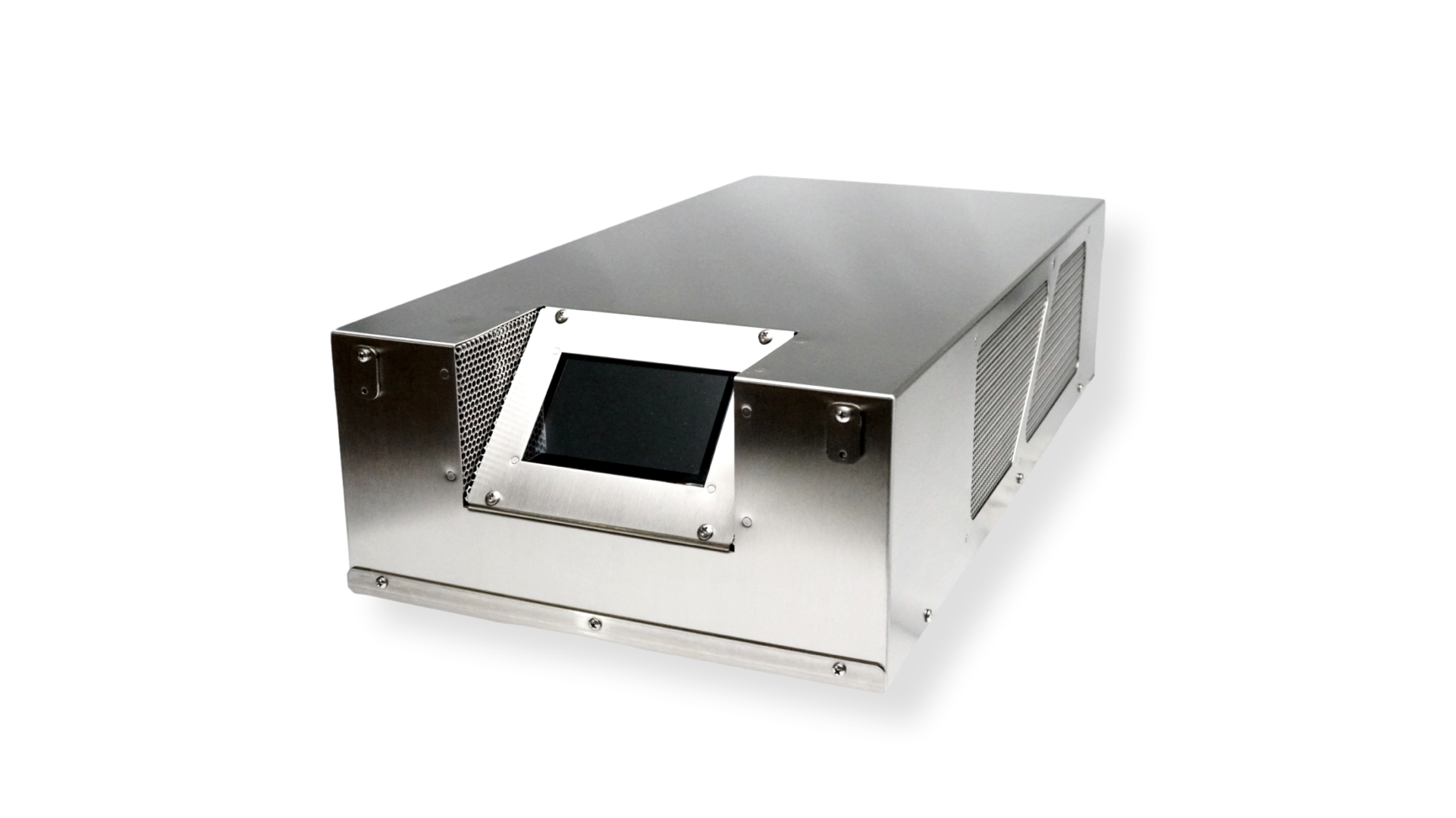Ozone Library
The Dangers of Chlorine in Our Drinking Water
Chlorine and derivates such as chloramine and sodium hypochlorite are chemicals often added to drinking water and bottled water as disinfectants to kill germs, bacteria, and other pathogens.
While they are effective at reducing the risk of waterborne illnesses, there are some potential dangers associated with the use of chlorine and chloramine in our drinking water.
Can high chlorine hurt you?
According to The U.S. Environmental Protection Agency (EPA), The levels of chlorine used for drinking water disinfection are unlikely to cause long-term health effects. But there is scientific evidence about the chlorine side effects on human health.
- A study published in the American Journal of Epidemiology found that exposure to chlorinated drinking water was associated with an increased risk of bladder cancer.
- A study published in the journal Environmental Health Perspectives found that exposure to chlorinated water was associated with an increased risk of asthma in children.
- A study published in the Journal of Occupational and Environmental Medicine found that exposure to chlorinated water was associated with a decreased sperm count and motility in men.
- A study published in the European respiratory journal found that exposure to chlorinated water was associated with an increased risk of allergic reactions in children.
One of the main concerns is the formation of disinfection byproducts (DBPs) when chlorine and chloramine react with organic matter in the water. DBPs such as trihalomethanes (THMs) and haloacetic acids (HAAs) are known to be carcinogenic and have been linked to an increased risk of cancer and other health problems, including reproductive and developmental issues.
There is also concern about the long-term effects of exposure to low levels of chloramine in drinking water, as it can accumulate in the body over time and potentially cause harm.
The Environmental Protection Agency (EPA) is regulating the maximum amount of chlorine allowed. The maximum residual disinfectant level (MRDL) for chlorine in drinking water is 4 parts per million (ppm), while the maximum contaminant level (MCL) for disinfection byproducts like THMs and HAAs is set at 80 parts per billion (ppb) and 60 ppb respectively.
But recently I have noticed a strong chlorine smell in tap water. it tastes like swallowing a gulp full of pool water. It’s horrible this is at two locations with two different water companies. I feel like I need to buy bottled water to ensure safe levels. So we can actually drink it. But, if you remember Aquafina, a Pepsi product, recently admitted their high-priced water was tap water. So even finding healthy bottled water appears to be a separate task that has to be investigated. Does anyone care what’s on our shelves?
Chlorine’s potential negative effects are particularly relevant when considering the use of chlorine in swimming pools and water treatment facilities. Household cleaning products that contain chlorine bleach also pose a danger to human health. The mixing of chlorine bleach with other cleaning agents can produce harmful by-products. Ingesting or inhaling bleach can cause serious health problems, including damage to the respiratory system, eyes, and skin.
Are there other options for disinfection besides chlorination?
When it comes to disinfecting water, many people think of chlorine as the only option. However, there are other options available that are even better one of those options is ozone.
Ozone is a powerful oxidizing agent that can be used to disinfect water. It works by breaking down the cell walls of microorganisms, including bacteria, viruses, and parasites. Unlike chlorine, ozone does not leave behind any residual disinfectant in the water, and it does not produce harmful byproducts like trihalomethanes (THMs).
In addition to being an effective disinfectant, ozone has other benefits as well. For example, it does not change the taste or odor of the water, and it can help remove organic contaminants like pesticides and pharmaceuticals with out chlorine negative effects.
Ozone can be used in a variety of settings, including municipal water treatment plants, commercial facilities, and residential homes. It can be used in conjunction with other treatment methods, such as filtration, to provide a comprehensive approach to water treatment.
In conclusion, ozone is a viable option for water disinfection that offers a range of benefits over traditional chlorine disinfection. It is a safe and effective alternative. If you are interested in ozone and how it can be used to disinfect your water, contact us for professional guidance.





